Shooting sports and activities require a significant level of hearing protection due to the high decibel levels produced by firearms. Many shooters wonder if modern technology like noise cancelling earbuds can provide sufficient protection in such environments. This article delves into the capabilities of noise cancelling earbuds and compares them with traditional hearing protection devices designed for shooting.
Key Takeaways:
- Noise cancelling earbuds are not designed for shooting environments and may not offer adequate protection.
- Hearing protection devices with a high Noise Reduction Rating (NRR) are recommended for shooting activities.
- Understanding exposure time and the effectiveness of hearing protection is crucial to prevent hearing loss.
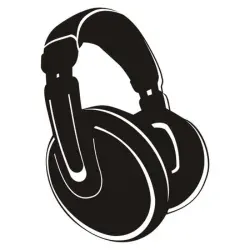
Understanding Noise Cancelling Technology
Noise cancelling earbuds use active noise control to reduce unwanted ambient sounds. This technology involves microphones that pick up external noise and create inverse waves to cancel it out. While this is effective for constant, low-frequency sounds like the hum of an airplane engine, it is not designed to handle the sharp, high-decibel noise of a gunshot.
The Importance of Noise Reduction Rating
The Noise Reduction Rating (NRR) is a standard that indicates the level of sound protection offered by hearing protection devices. Devices with a higher NRR are more effective at reducing noise exposure. For shooting, it is recommended to use devices with an NRR of at least 22 dB, as gunshots can exceed 140 dB.
Hearing Protection Devices for Shooting
When it comes to shooting, earplugs and earmuffs are the most common forms of hearing protection. These devices are specifically designed to handle the impulsive noise from firearms. They are rated with an NRR that reflects their effectiveness in reducing noise exposure and preventing hearing loss.
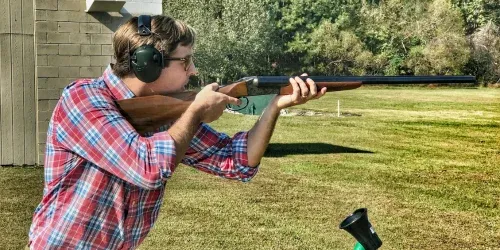
The Risk of Hearing Loss
Repeated noise exposure from shooting without proper protection can lead to permanent hearing loss. The intensity of the noise and the duration of exposure time are critical factors. Even a small number of high-decibel shots can cause damage if the ears are not adequately protected.
Exposure Time and Hearing Protection
The exposure time to loud noise is a crucial factor in preventing hearing loss. OSHA provides guidelines on the permissible exposure time at different noise levels. For instance, without protection, exposure to noise levels of 115 dB should not exceed 15 minutes per day.
Effectiveness of Noise Cancelling Earbuds for Shooting
Noise cancelling earbuds are not designed to handle the peak sound pressure levels produced by firearms. They may reduce some ambient noise, but they lack the NRR rating necessary to ensure adequate protection during shooting activities.
Alternatives to Noise Cancelling Earbuds
For shooters looking for electronic options, there are electronic earmuffs that amplify ambient sounds while blocking out the harmful noise of gunshots. These devices combine the benefits of noise cancellation with the necessary NRR rating for shooting environments.

Combining Earplugs and Earmuffs
For maximum protection, shooters can combine earplugs and earmuffs. This dual protection approach can provide a higher level of noise reduction, as the combined NRR rating offers better defense against the extreme noise of gunfire.
The Role of NRR in Selecting Hearing Protection
When choosing hearing protection for shooting, the NRR rating is a vital consideration. Devices with a higher NRR provide better protection, but it's essential to understand that the real-world protection is often less than the rated value due to various factors like fit and wear time.
Hearing Protection for Different Shooting Environments
The choice of hearing protection may vary depending on the shooting environment. Indoor ranges typically require higher NRR devices due to the reverberation of sound, while outdoor settings might allow for slightly lower NRR ratings.
Maintenance and Care of Hearing Protection Devices
Proper maintenance and care of hearing protection devices are essential to ensure their effectiveness. Regular cleaning, inspection, and replacement of damaged parts can maintain the NRR rating and protect your hearing over time.
Legal Requirements for Hearing Protection in Shooting
In some jurisdictions, there are legal requirements for hearing protection while shooting. These regulations often specify the minimum NRR rating necessary to comply with safety standards.
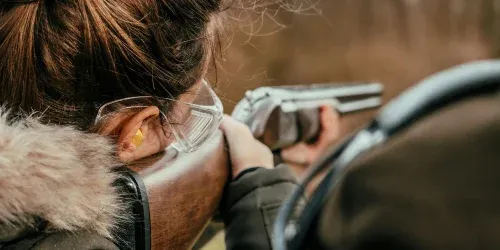
Educating Shooters on Hearing Protection
Education is key to preventing hearing loss among shooters. Awareness of the risks, understanding the importance of NRR, and knowing how to properly use and maintain hearing protection devices are crucial.
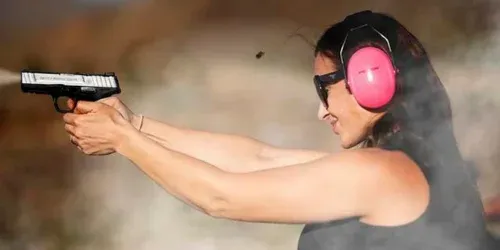
Summary
Noise cancelling earbuds are not suitable for shooting due to their inability to handle the high decibel levels of gunshots and their lack of a sufficient NRR rating. Traditional earplugs and earmuffs, especially those with a high NRR, are the recommended forms of hearing protection for shooters. It's essential to consider the exposure time, maintain the devices properly, and combine different forms of protection for the best results. Educating shooters on the importance of hearing protection is vital to prevent irreversible hearing loss.
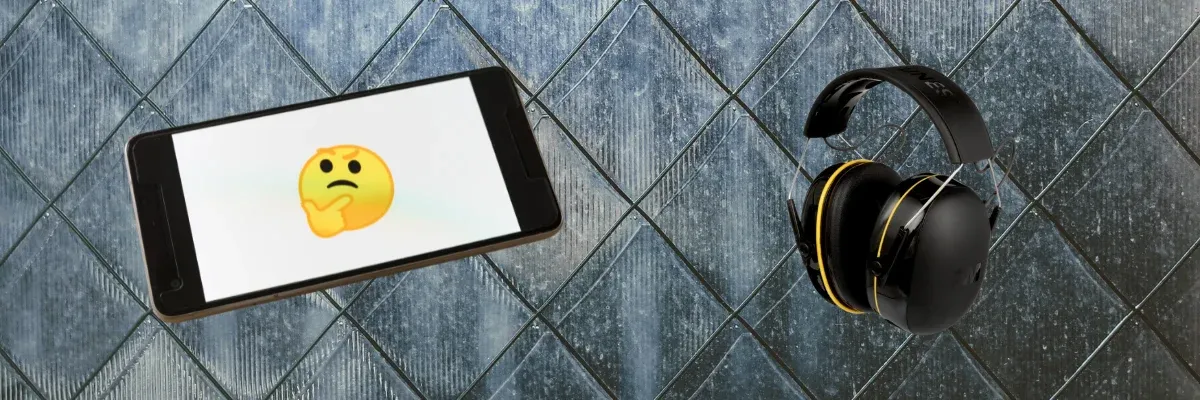
FAQs
Can I use noise cancelling earbuds instead of earmuffs when shooting?
No, noise cancelling earbuds are not recommended for shooting as they do not provide the necessary NRR rating to protect against the high decibel levels of gunshots.
What is the minimum NRR rating recommended for shooting activities?
It is recommended to use hearing protection devices with an NRR of at least 22 dB for shooting activities, though higher ratings offer better protection.
How can I maximize hearing protection while shooting?
To maximize hearing protection, use earplugs and earmuffs together, ensure they have a high NRR rating, and follow proper maintenance and usage guidelines. Additionally, limit exposure time to loud noise as per safety standards.









